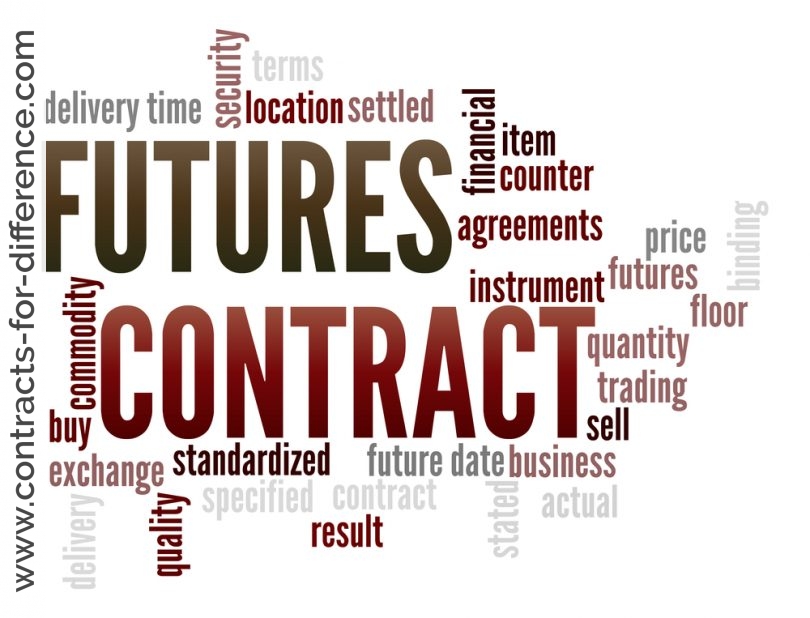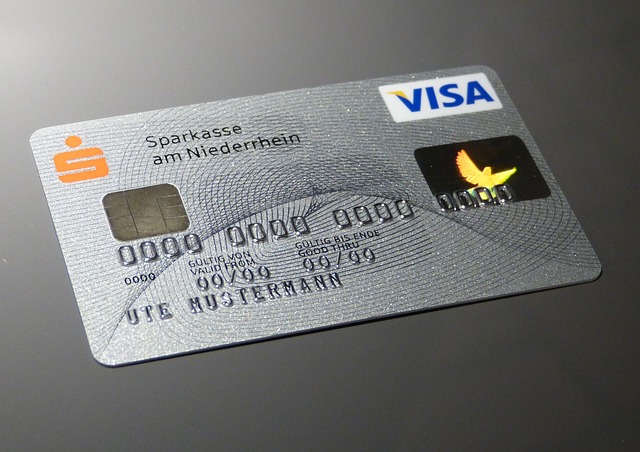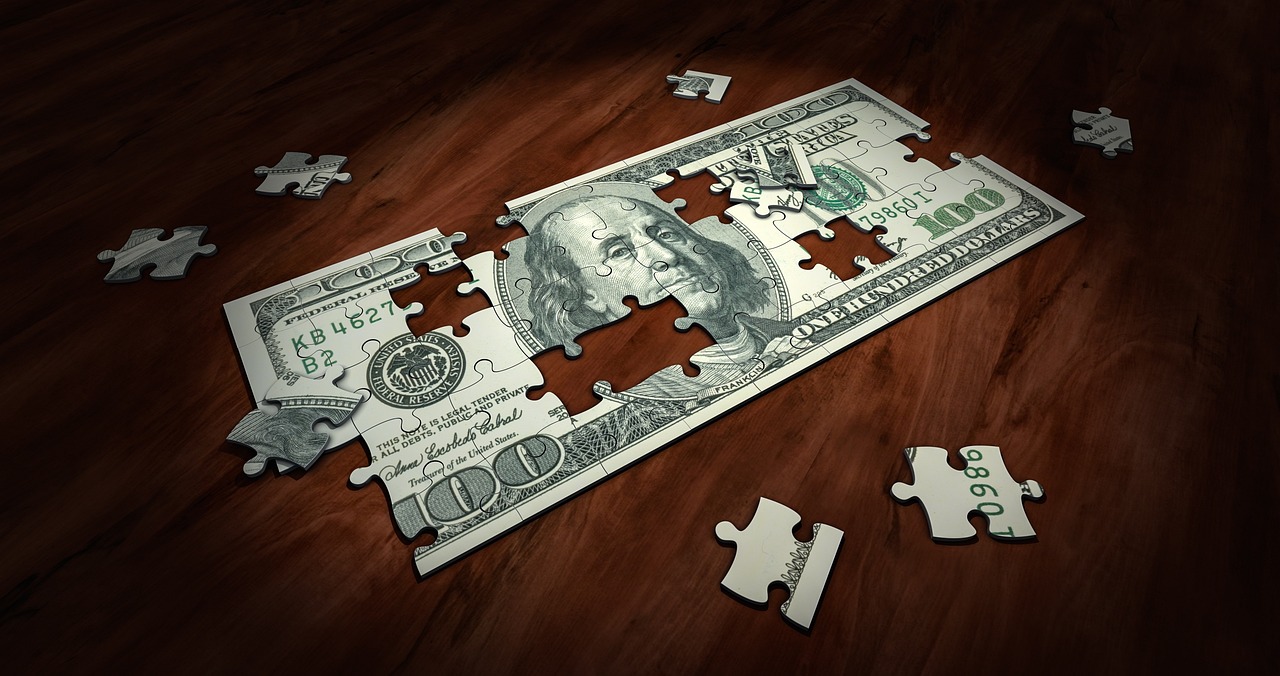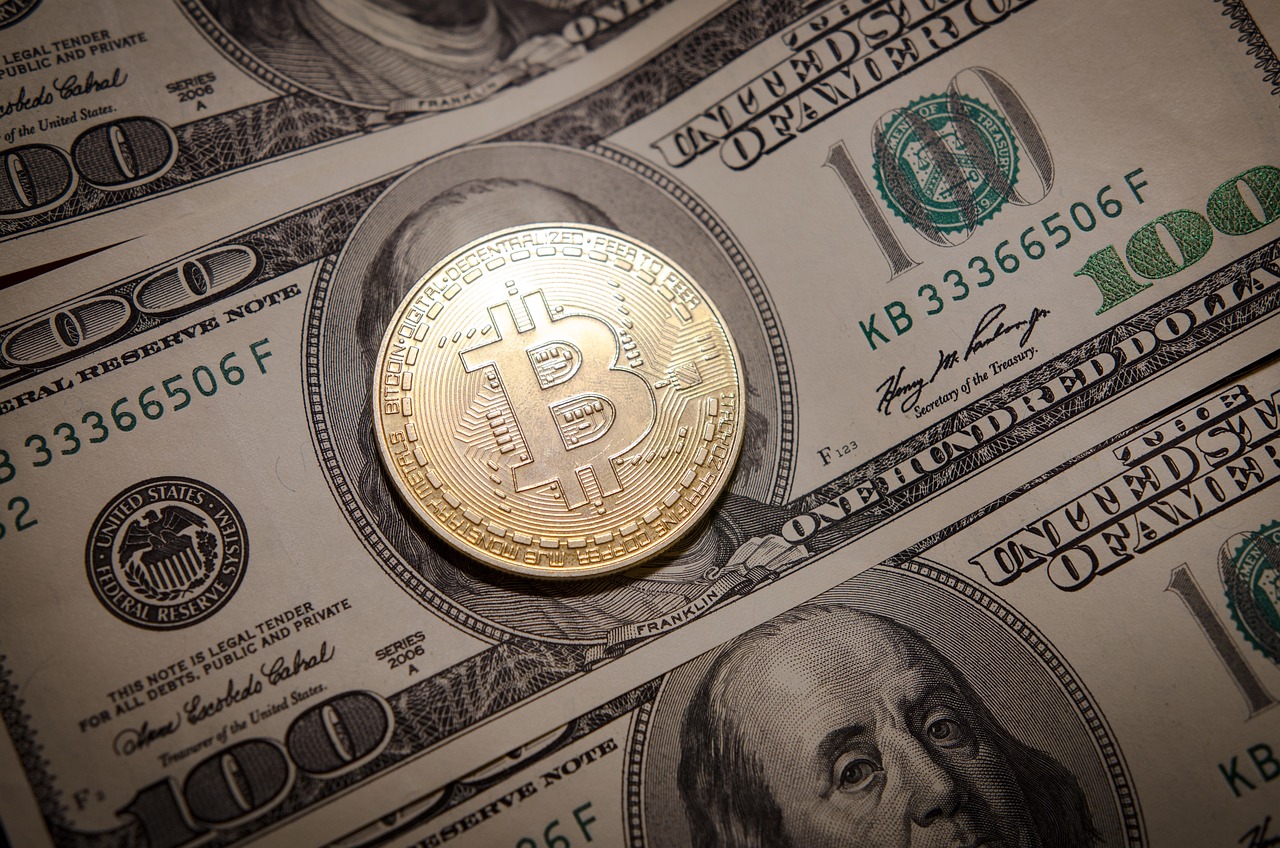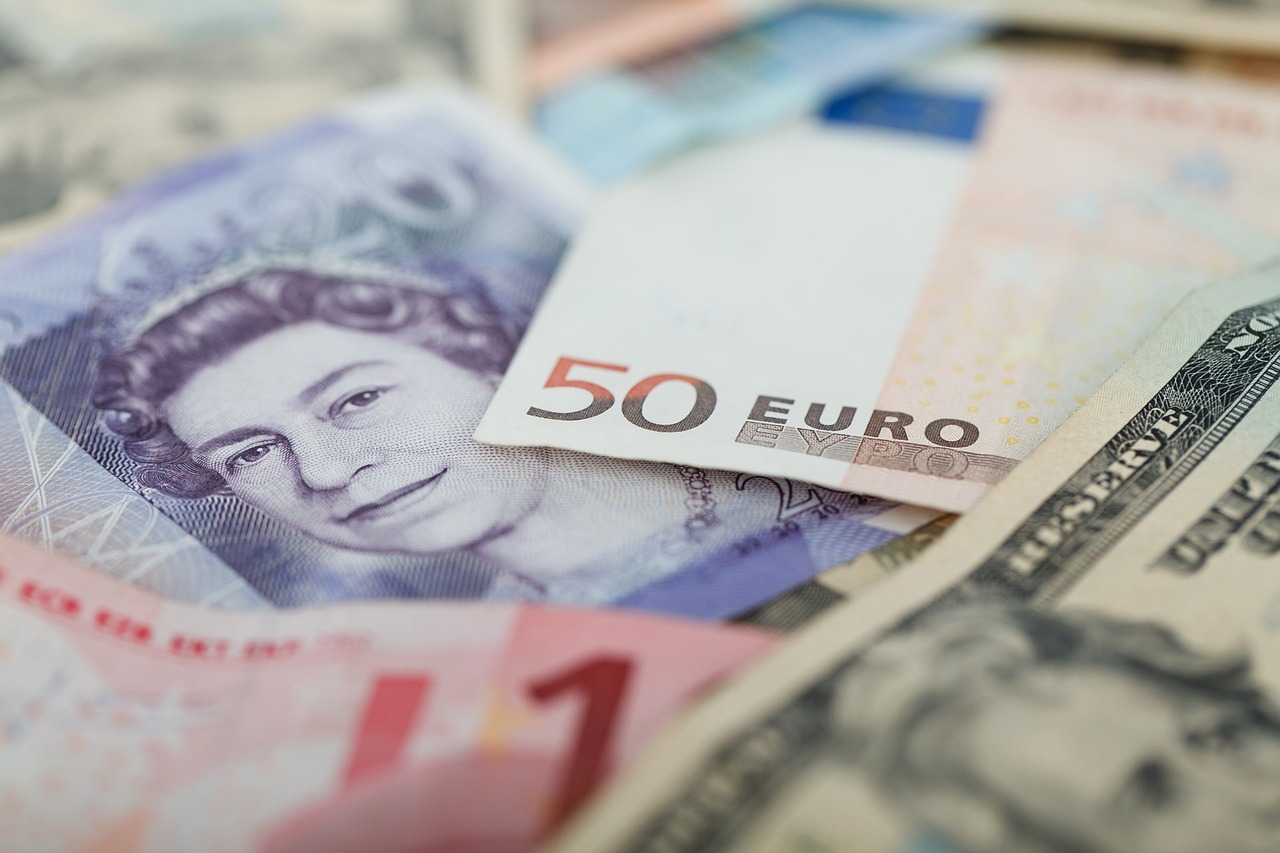
The direct measure of fates alludes to the cost concurred by the two players to follow through on a specific date after the exchange is laid out. Prospects exchanging alludes to the exchanging strategy for forward conveyance (90 days, a portion of a year, one year, and so on) of explicit products as per the time, spot and amount in the agreement. Its greatest component is that the exchange isn't synchronized with the conveyance, which is to convey after a specific time of exchange.
For the most part, it is to compute how much fates edge of the direct, that is to say, the assets you want to pay to trade the direct prospects. Fates costs are not determined.
Prospects exchanging Its introduction to the world was set apart by the foundation of the Chicago Cream and Egg Office of Trade in 1898. Around then, the wares for prospects exchanging were essentially agrarian items. Afterward, the Office of Trade was renamed the Chicago Commercial Trade. An ever increasing number of products were exchanged prospects. A few nations' monetary items, for example, stocks, bonds and unfamiliar trade likewise participated in fates exchanging.
How much is the fates? At the point when the value will in general ascent, the fates cost is higher than the spot value; When costs will generally fall, prospects costs are lower than spot costs. Under typical conditions, prospects costs are by and large higher than spot costs since they need to bear more capacity expenses, insurance installments and interest.
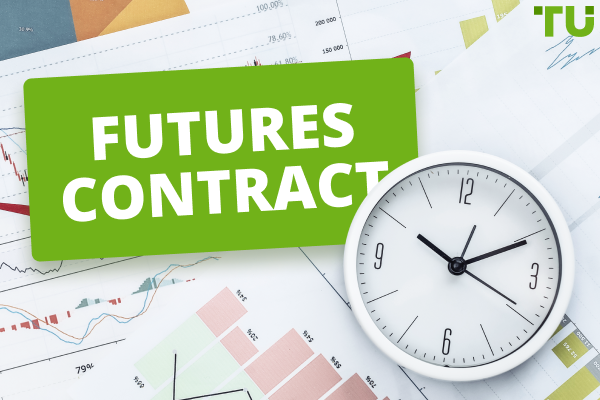
There are basically two different ways of public offering in the prospects market: one is the PC programmed coordinating and the other is the public offering. In China's fates trades, all exchanges are consequently matched by PCs. Along these lines, the arrangement of fates costs should follow the standard of value need and time need. The alleged cost need guideline alludes to that after the exchanging request enters the centralized computer of the trade, the best cost is quick to be exchanged, that is to say, the most elevated purchasing cost and the least selling cost are quick to be exchanged. The standard of time need alludes to that under the condition that the cost is predictable, the exchanging orders that enter the exchanging framework initially are executed first. The host PC of the trade consequently matches the guidelines entering the host PC as per the over two standards, figures out the value OK to both the purchaser and the merchant, lastly arrives at an exchange, which is taken care of back to the part who makes the exchange. Prospects costs incorporate opening cost, shutting cost, most exorbitant cost, least cost, settlement cost and different ideas.
In a trade, the initial value alludes to the principal exchange cost after the exchange begins; The end value alludes to the last exchange cost at the end of the exchange; The greatest cost and the most minimal value allude to the most noteworthy exchange cost and the least exchange cost in the exchange of the day separately; The settlement value alludes to the weighted typical cost of the entire day exchange.
Conclusion
The above is our introduction to the calculation of the primary futures price. I wish you a smooth investment in the future.
